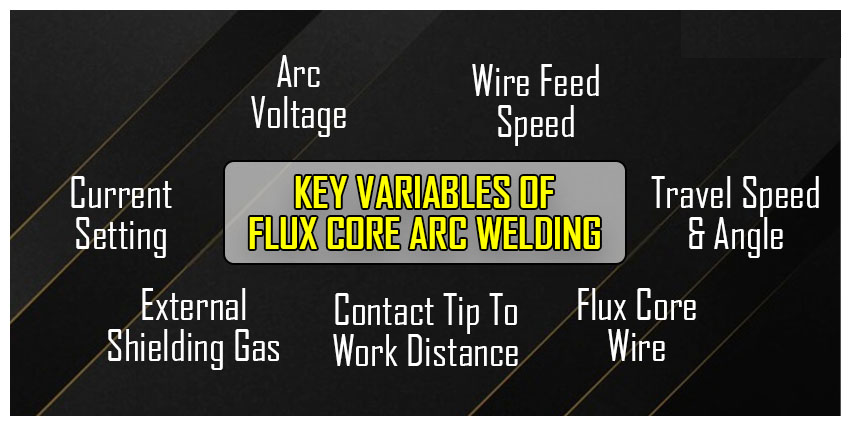
In the past, stick welders had limited knowledge about welding gases. However, with the advent of MIG welding machines and TIG welding machines in the last 70-80 years, welding gas has become a common commodity in most workshops. But why are there so many welding gas types and their uses?
As we explore the various gases and mixtures used in welding today, it’s remarkable to see how much progress has been made quickly. The advancements are significant, and there’s much excitement about the possibilities for new gases or novel ways to use them.
What Is the Purpose of Gas in Welding?
Welding gas serves various purposes such as shielding the arc from contaminants like air, dust, and other gases, purging to maintain the cleanliness of the underside of the seam opposite the arc, and heating metal. Additionally, blanketing gases are used to safeguard metal after the welding process.
Inert Gases and Reactive Gases
There are two categories of gases: inert and reactive. Inert gases remain unchanged and do not cause any alterations when exposed to other substances or temperatures. In contrast, reactive gases interact with other substances or themselves, resulting in a change of state.
Inert gases are advantageous as they allow for a natural welding process without any undesirable effects that may weaken or distort the weld. Reactive gases, on the other hand, can positively impact the welding process by enhancing the way the material is fused.
Shielding gas
When welding, the intrusion of air into the arc can lead to the formation of air bubbles within the molten metal, resulting in a weak and unattractive weld. MIG or TIG welding cannot be done without a shielding gas unless the filler material is either flux-cored or flux-coated, which achieves the same goal of keeping impurities out but in a different manner.
In general, most shielding gases are inert, making them well-suited for shielding during welding as they remain stable under the extreme conditions of the welding process. Depending on the gas used, they also aid the weld in various ways, such as providing more penetration, increasing fluidity when molten, and producing a smoother surface on the bead.
Purging gas
Purging gases are utilized to cover the underside of the material being welded, similar to a shielding gas. However, this process is done separately from the natural welding process.
While the top of a joint is welded, the bottom of the joint is sealed off and exposed to a flow of gas for purging. This method is frequently employed when working with stainless steel and can use the same type of gas or a different one than the one used on the top of the joint.
Heating gas
Heating gas is necessary for certain types of welding, such as gas welding and brazing, to heat the metal or the filler rods, replacing the need for an arc.
For some welding procedures, the metal must be preheated before welding, requiring the use of this gas. The gas is a fuel mixed with air or oxygen, ignited by a flame to warm or melt the metal.
Blanketing gas
Blanketing gas is utilized to fill tanks and confined spaces after they are finished to prevent air and other contaminants from damaging or staining the final product. In some cases, the gas is added to air-filled tanks to create a mixture that keeps the tank free from other gases or reactions.
Welders’ shops contain various types of gases. Let’s take a look at some of the most common ones:
Argon: Argon is an inert gas, which means it doesn’t usually react with other substances. However, at high temperatures, it can change form. It’s the third most abundant gas on Earth and is useful in creating unreactive environments, such as in a light bulb to prevent air from consuming the glowing filament.
What is its welding purpose? Argon is commonly used as a shielding gas to prevent air from entering the welding arc. It’s used both during the welding process and to purge the backside of the joint. It’s the most popular shielding gas and is often found in shielding mixtures for MIG welding.
C02: Carbon dioxide is a gas that we exhale when breathing, and it’s also produced from organic matter. This makes it a common gas on Earth. Industrial C02 used in workshops and other industrial sites is captured from natural gas and compressed in a pressure tank.
What is its welding purpose? C02 is used as a shielding gas in welding. It’s less expensive to purchase than argon, but it doesn’t produce the same quality welds as argon and can cause more spattering during the welding process. This is why it’s more commonly used in mixtures rather than in its pure form.
Applications that use pure C02 include flux core welding, some carbon steel MIG welding, and plasma shielding.



